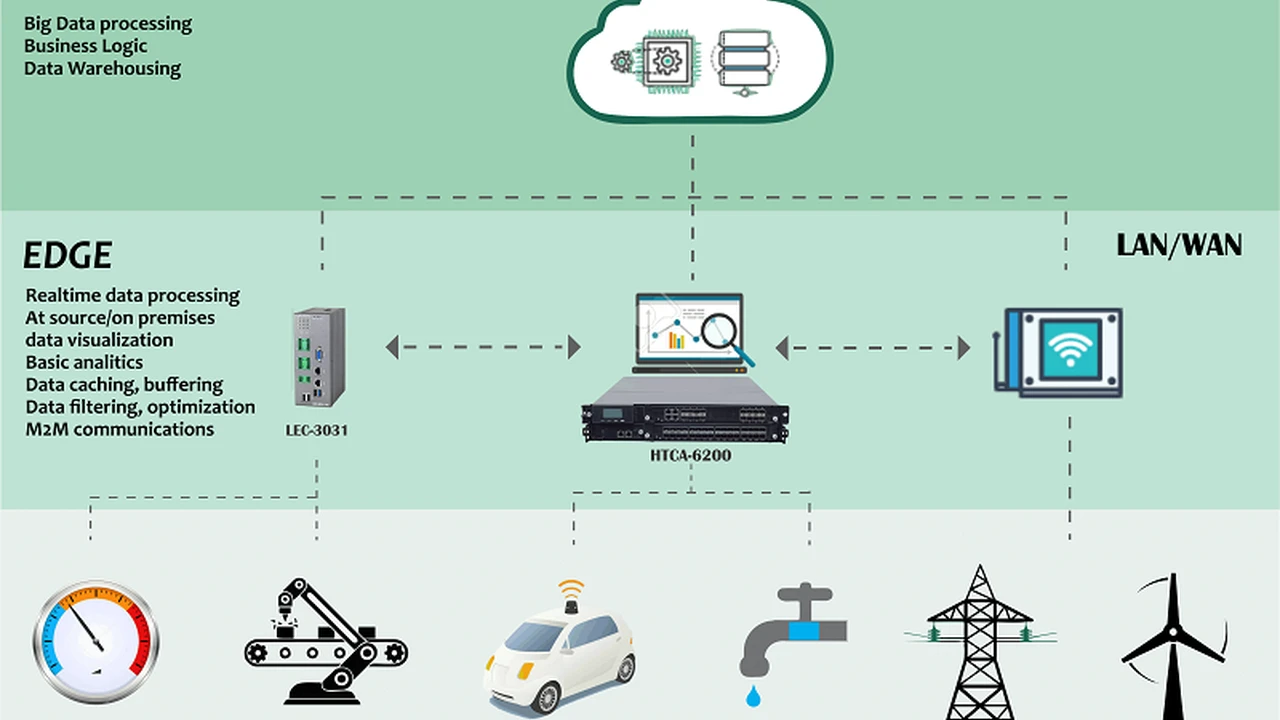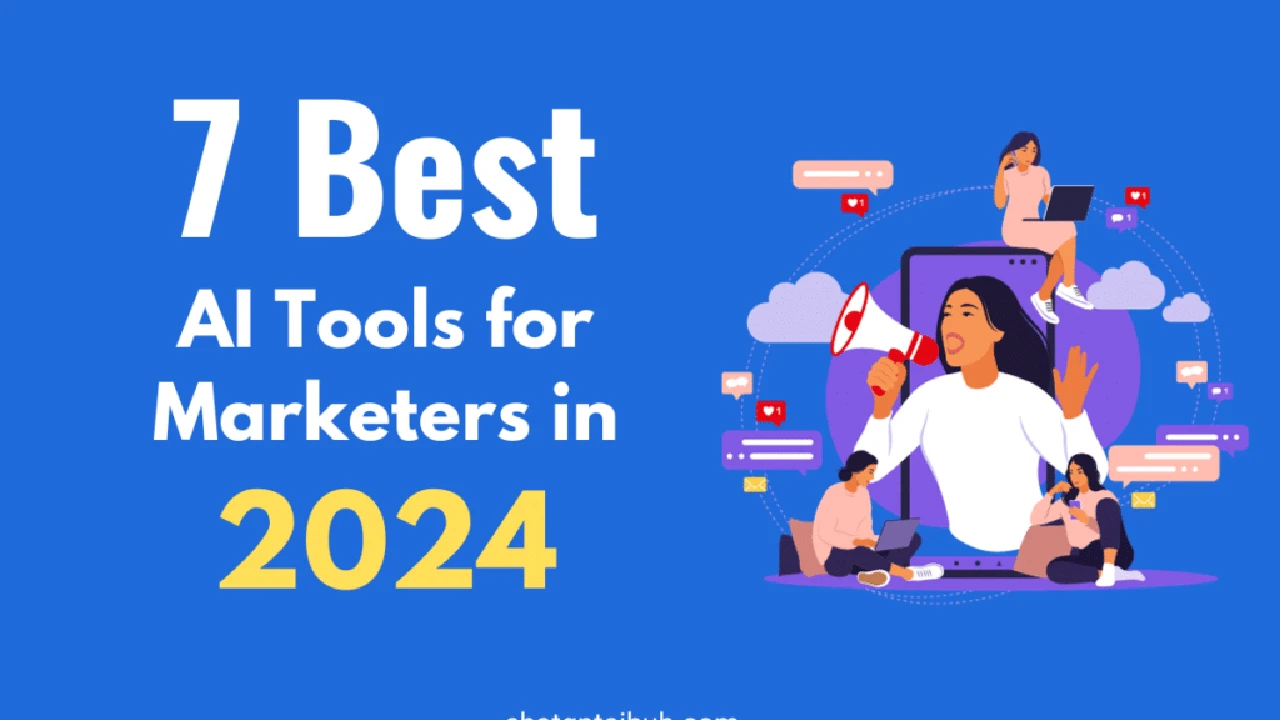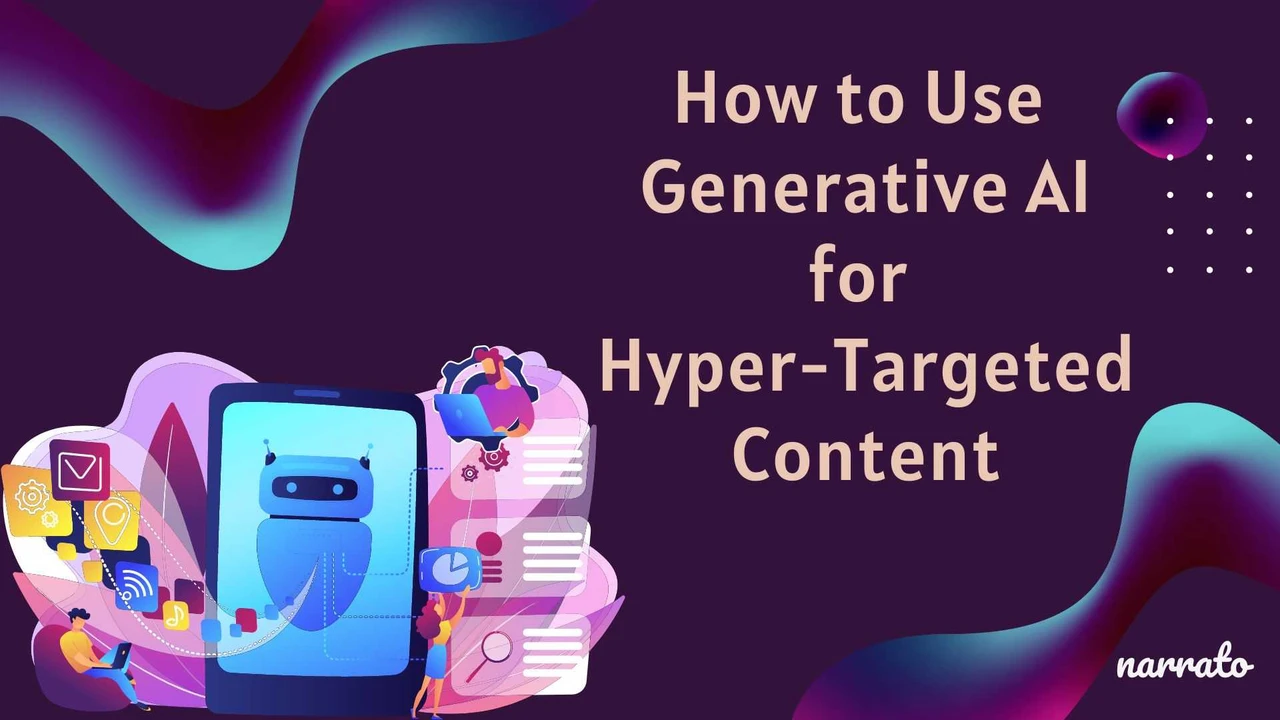Edge AI: Processing AI at the Edge of the Network
Discover the top AI blogs to follow for expert insights, latest trends, and thought-provoking discussions in the field of artificial intelligence. Stay informed and connected with the AI community.

Unveiling the World of AI Through Blogs: Why Follow AI Experts?
Hey there, AI enthusiasts! Ever feel like the world of Artificial Intelligence is moving faster than you can keep up? Yeah, me too! That's where AI blogs come in. Think of them as your personal portal to the latest trends, expert insights, and thought-provoking discussions happening in the AI sphere. Following top AI experts and thought leaders through their blogs is crucial for staying informed, expanding your knowledge, and connecting with the AI community. It's like having a front-row seat to the future!
Navigating the AI Blogosphere: Essential Features of a Great AI Blog
So, how do you sift through the massive ocean of AI blogs to find the really good ones? Here are a few essential features to look for:
- Expertise and Credibility: Is the author a recognized expert in the field? Do they have a proven track record and relevant experience? Look for credentials, publications, and affiliations.
- Original and Insightful Content: Does the blog offer fresh perspectives and unique insights? Does it go beyond the surface level and delve into complex topics? Look for in-depth analysis, research-backed arguments, and thought-provoking commentary.
- Clear and Concise Writing: Is the blog easy to read and understand? Does it avoid jargon and technical terms that might alienate a general audience? Look for clear explanations, well-structured arguments, and engaging storytelling.
- Regular Updates: Is the blog consistently updated with new content? Does it stay current with the latest trends and developments in AI? Look for a consistent posting schedule and a commitment to providing timely information.
- Community Engagement: Does the blog encourage interaction and discussion? Does it allow readers to leave comments and participate in conversations? Look for a vibrant community and a welcoming atmosphere.
Top AI Blogs: A Curated List of Must-Follow Resources
Alright, let's get to the good stuff! Here's a carefully curated list of some of the top AI blogs you should be following:
Lex Fridman Podcast Blog: Deep Conversations on AI, Science, and Philosophy
Description: While technically a podcast, Lex Fridman's website serves as a blog-like platform hosting transcripts and summaries of his in-depth conversations with leading figures in AI, science, and philosophy. He explores the cutting edge of AI research, ethical implications, and its potential impact on humanity.
Key Focus: AI ethics, deep learning, robotics, autonomous vehicles, and the future of intelligence.
Why Follow: Lex's conversations are incredibly insightful and thought-provoking. He has a knack for asking the right questions and drawing out valuable insights from his guests.
Example: A recent podcast featured a discussion on the limitations of current AI models and the need for more robust and explainable AI.
Website: lexfridman.com
OpenAI Blog: Directly from the Source of AI Innovation
Description: The official blog of OpenAI, one of the world's leading AI research organizations. It provides updates on their latest research projects, product releases, and policy initiatives.
Key Focus: Generative AI, natural language processing, robotics, and AI safety.
Why Follow: Get firsthand information about OpenAI's groundbreaking work and stay ahead of the curve on the latest AI advancements.
Example: Recent posts include announcements of new AI models like GPT-4 and DALL-E 3, along with detailed explanations of their capabilities and limitations.
Website: openai.com/blog
Google AI Blog: Exploring AI Research and Applications at Google
Description: Another official blog from a major player in the AI industry. The Google AI Blog showcases Google's research in various AI fields, including computer vision, natural language processing, and machine learning.
Key Focus: Machine learning, deep learning, computer vision, natural language processing, and AI for social good.
Why Follow: Gain insights into Google's AI strategy and learn about the latest research being conducted at one of the world's most innovative companies.
Example: Recent posts cover topics like AI-powered image recognition, language translation, and personalized healthcare.
Website: ai.googleblog.com
Distill: Visualizing Machine Learning Concepts
Description: Distill is a unique publication that focuses on explaining machine learning concepts through interactive visualizations and clear, concise writing.
Key Focus: Machine learning, deep learning, neural networks, and explainable AI.
Why Follow: If you're struggling to understand complex machine learning concepts, Distill is an excellent resource. The interactive visualizations make it much easier to grasp the underlying principles.
Example: Articles on topics like convolutional neural networks (CNNs) and recurrent neural networks (RNNs) are brought to life with interactive diagrams and animations.
Website: distill.pub
Towards Data Science: A Community-Driven Platform for Data Scientists
Description: Towards Data Science is a Medium publication that features articles written by data scientists and machine learning practitioners from around the world.
Key Focus: Data science, machine learning, deep learning, data visualization, and data engineering.
Why Follow: A great resource for practical advice, tutorials, and case studies from experienced data scientists.
Example: You can find articles on everything from building a machine learning model to analyzing data with Python.
Website: towardsdatascience.com
The Batch by Andrew Ng: Weekly AI News and Insights
Description: A weekly newsletter curated by Andrew Ng, a leading AI researcher and educator. The Batch provides a concise summary of the most important AI news and developments from the past week.
Key Focus: AI news, trends, and the impact of AI on society.
Why Follow: Stay up-to-date on the latest AI happenings without having to spend hours scouring the internet.
Example: The newsletter includes links to relevant articles, research papers, and blog posts, along with Andrew Ng's insightful commentary.
Website: andrewng.org/thebatch
Synced: In-Depth Coverage of AI Research and Industry Trends
Description: Synced provides in-depth coverage of AI research, industry trends, and the impact of AI on various sectors.
Key Focus: AI research, industry news, AI ethics, and AI applications.
Why Follow: A comprehensive resource for staying informed about the latest developments in AI.
Example: Synced covers topics like AI in healthcare, finance, and transportation.
Website: syncedreview.com
KDnuggets: Data Science, Machine Learning, AI – News, Tutorials, Tools
Description: KDnuggets is a comprehensive resource for all things data science, machine learning, and AI. It features news articles, tutorials, tools, and datasets.
Key Focus: Data science, machine learning, deep learning, data mining, and AI tools.
Why Follow: A valuable resource for both beginners and experienced data scientists.
Example: You can find articles on everything from choosing the right machine learning algorithm to building a data pipeline.
Website: kdnuggets.com
AI Products Recommended by Top Blogs and Experts: A Practical Guide
Now that you're following the top AI blogs, you'll start to notice certain AI products and tools being consistently recommended. Here's a look at some of those popular choices, along with their use cases and comparisons:
TensorFlow vs. PyTorch: The Deep Learning Framework Battle
Description: TensorFlow and PyTorch are the two most popular deep learning frameworks. They provide the tools and libraries needed to build and train AI models.
Use Cases: Image recognition, natural language processing, robotics, and more.
Comparison:
- TensorFlow: Developed by Google, TensorFlow is known for its scalability and production-readiness. It's a good choice for large-scale deployments and complex models.
- PyTorch: Developed by Facebook, PyTorch is known for its flexibility and ease of use. It's a good choice for research and experimentation.
Pricing: Both TensorFlow and PyTorch are open-source and free to use.
Dataiku: The End-to-End Data Science Platform
Description: Dataiku is a comprehensive data science platform that provides tools for data preparation, machine learning, and deployment.
Use Cases: Predictive maintenance, fraud detection, customer churn prediction, and more.
Comparison: Dataiku competes with other platforms like Alteryx and RapidMiner. It's known for its collaborative features and its ability to handle large datasets.
Pricing: Dataiku offers a free trial and various paid plans depending on your needs.
H2O.ai: AutoML and Enterprise AI Platform
Description: H2O.ai is a platform that provides AutoML (Automated Machine Learning) capabilities, making it easier for non-experts to build and deploy AI models.
Use Cases: Fraud detection, credit risk assessment, customer segmentation, and more.
Comparison: H2O.ai competes with other AutoML platforms like Google Cloud AutoML and Microsoft Azure AutoML. It's known for its speed and accuracy.
Pricing: H2O.ai offers a free trial and various paid plans depending on your needs.
Jasper.ai: AI-Powered Content Creation
Description: Jasper.ai is an AI-powered writing assistant that can help you generate high-quality content for your blog, website, or social media channels.
Use Cases: Blog post writing, social media captions, website copy, and more.
Comparison: Jasper.ai competes with other AI writing assistants like Copy.ai and Rytr. It's known for its natural language generation capabilities and its ability to create engaging content.
Pricing: Jasper.ai offers a free trial and various paid plans depending on your needs. Plans start around $49/month.
Grammarly: AI-Powered Writing Enhancement
Description: While not strictly an AI blog recommendation, Grammarly is frequently mentioned as a valuable tool for improving writing clarity and accuracy. It uses AI to detect grammatical errors, suggest better word choices, and improve overall writing style.
Use Cases: Improving emails, documents, blog posts, and any other written communication.
Comparison: Grammarly competes with other grammar checkers like ProWritingAid. It's known for its ease of use and its comprehensive grammar checking capabilities.
Pricing: Grammarly offers a free version with basic features and a premium version with more advanced features. Premium plans start around $12/month.
Staying Ahead of the Curve: Tips for Maximizing Your AI Blog Reading
Okay, you've got your list of blogs and you're ready to dive in. Here are a few tips to help you get the most out of your AI blog reading:
- Set aside dedicated time: Schedule regular time to read AI blogs, even if it's just for 30 minutes a day. Consistency is key.
- Use a feed reader: A feed reader like Feedly can help you organize your favorite blogs and track new content.
- Engage with the community: Leave comments, ask questions, and participate in discussions.
- Take notes: Jot down key insights and takeaways from the articles you read.
- Experiment with the tools: Don't just read about AI tools, try them out for yourself!
The Future is Now: Embrace the Power of AI Blogs
Following AI blogs is an investment in your future. By staying informed about the latest trends and developments, you'll be well-positioned to take advantage of the opportunities that AI presents. So, get out there, start reading, and embrace the power of AI!
:max_bytes(150000):strip_icc()/277019-baked-pork-chops-with-cream-of-mushroom-soup-DDMFS-beauty-4x3-BG-7505-5762b731cf30447d9cbbbbbf387beafa.jpg)






